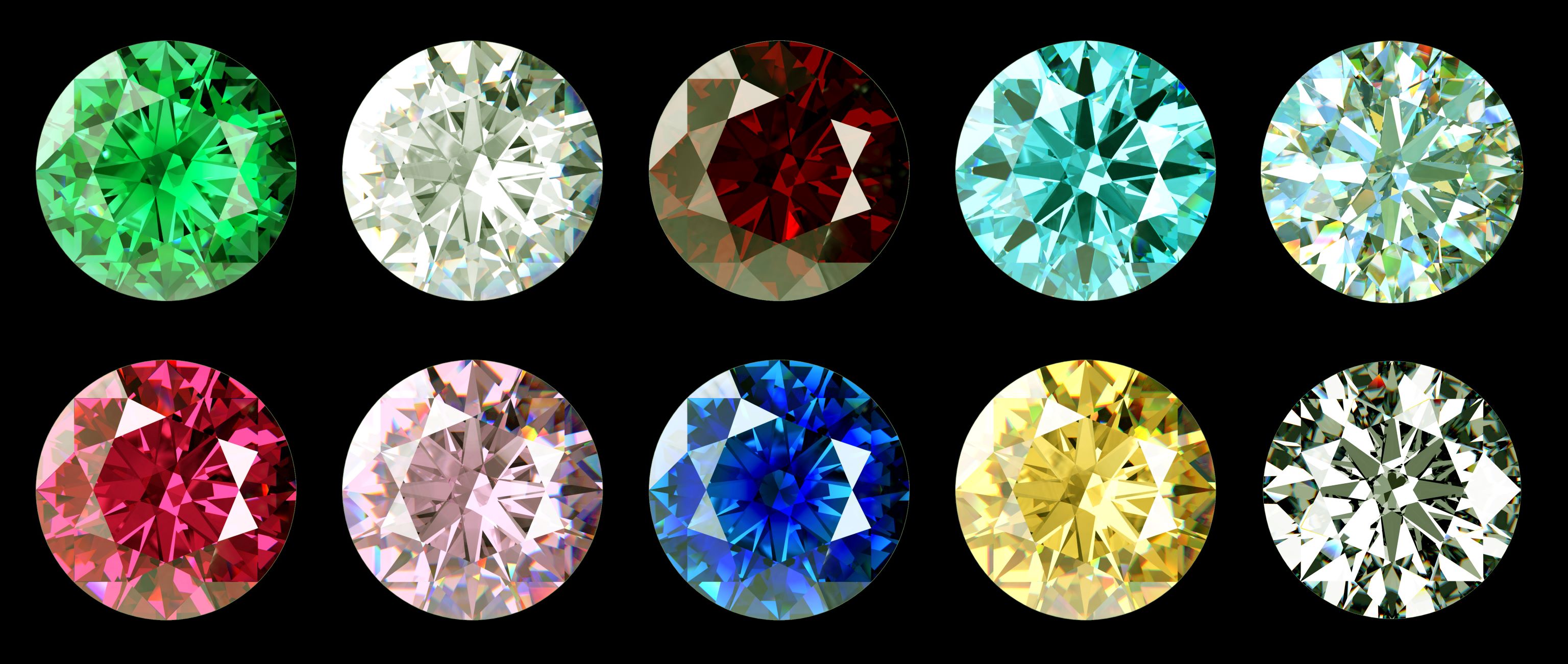Elevate Your Photos with a Black and White Image Converter
In the digital era, transforming your images from color to black and white can offer a timeless and sophisticated look...
Introduction: The debate over the ethical superiority between lab-created diamonds and mined diamonds has gained traction in recent years. With concerns about environmental impact, human rights violations, and sustainable practices, consumers are increasingly considering the ethical implications of their diamond choices. In this article, we’ll explore the ethical considerations surrounding lab diamond and mined diamonds, comparing factors such as environmental impact, labor practices, and social responsibility.
1. Environmental Impact:
2. Labor Practices:

3. Social Responsibility:
4. Consumer Awareness and Perception:
5. Conclusion: In conclusion, the question of whether lab diamonds are ethically superior to mined diamonds involves various considerations, including environmental impact, labor practices, social responsibility, and consumer perceptions. While lab-grown diamonds offer potential advantages in terms of reduced environmental footprint, transparent supply chains, and ethical labor practices, challenges persist within the mined diamond industry, including issues related to environmental degradation, human rights violations, and conflict. Ultimately, consumers must weigh these factors and make informed decisions based on their values, priorities, and preferences when choosing between lab-created and mined diamonds. As the demand for ethical and sustainable products continues to grow, both industries are likely to face increasing pressure to adopt responsible practices and enhance transparency throughout their supply chains.
Congrats! You’ve Completed This Blog. 👏
In the digital era, transforming your images from color to black and white can offer a timeless and sophisticated look...
Mumbai, often hailed as the heart of India's entertainment industry, is home to a diverse array of film production houses...
Maintaining a well-functioning home involves ensuring that your essential appliances and HVAC systems are in optimal condition. In Omaha, homeowners...
The pharmaceutical and biotechnology industries are witnessing a revolution in drug development, fueled by advancements in custom oligonucleotide synthesis and...

